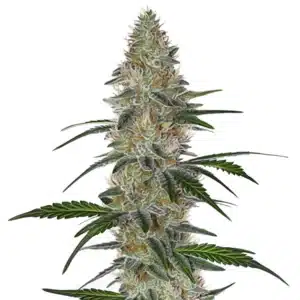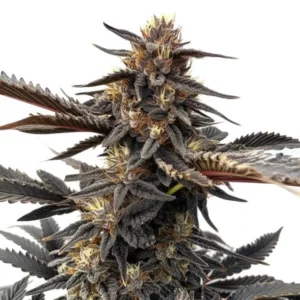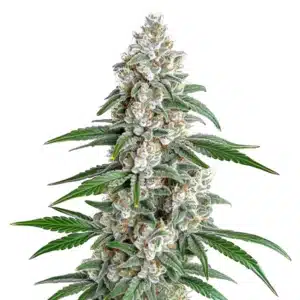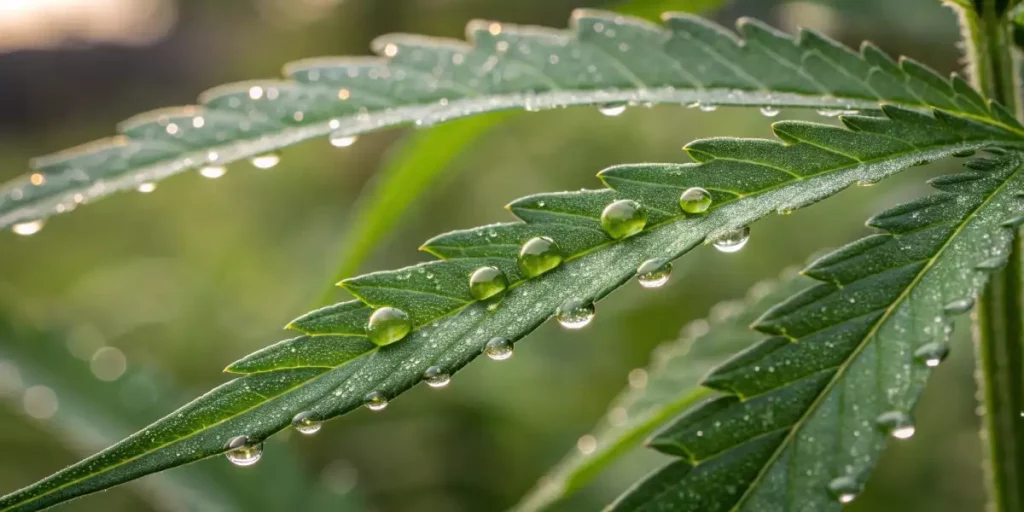
Dealing with Green Caterpillar Eggs on Cannabis Plants
If you’re a cannabis cultivator, you’re likely aware of the challenge caterpillar eggs pose. These small, green eggs can cause significant damage to your cannabis plants, impacting growth and yield. Armed with the right knowledge, you can easily identify and remove these intruders.
Knowing the life cycle of these pests can help you tackle them better. Caterpillar eggs hatch into larvae that feed on your plants before maturing into moths or butterflies, and the cycle begins anew. Breaking this cycle is key to managing an infestation.
Recommended Strains
CBD Chemdog #4
|
|
CBD | 6% – 7% (Low) |
|
|
Type | CBD Feminized |
|
|
Yield | Low |
|
|
Phenotype | 55% Indica / 45% Sativa |
Chemdog Auto
|
|
THC | 18% - 20% (Medium) |
|
|
Type | Autoflowering |
|
|
Yield | Low |
|
|
Phenotype | 60% Indica / 40% Sativa |
Identifying Green Caterpillar Eggs Cannabis
Caterpillar eggs are tiny, round, and green, blending in with the leaves. It’s crucial to regularly check your plants, especially during the vegetative and flowering stages. A key part of prevention is to always watch that the leaves are green and healthy, without any bite marks or small holes. You must regularly inspect and clean the undersides of the leaves, as this is where moths and butterflies usually lay their eggs and where caterpillars nest. Observing changes in your plant like leaf discoloration can also be an indicator.
Impact of Green Caterpillar Eggs on Cannabis Growth
An infestation can be detrimental. As the caterpillars hatch, they feed on leaves and buds, damaging the plant and reducing its energy for growth. The caterpillars can also introduce diseases, as their wounds leave the plant susceptible to infections. A major risk is that their excrement can turn into botrytis (bud rot) and other fungi, which ruins the flowers from the inside out. They often target the buds because they are rich in nutrients, which directly affects the yield and quality of the final product.
Preventing Green Caterpillar Eggs on Cannabis
- Regular Inspection: Frequently check your plants for signs of caterpillars or eggs, especially on the undersides of leaves.
- Biological Controls: Introduce beneficial insects like ladybugs or apply Bacillus thuringiensis (Bt), a natural bacterium that targets caterpillars.
- Physical Barriers: Use fine mesh netting to prevent moths from laying eggs.
- Increase Airflow: Moths and caterpillars are bothered by wind. Increasing ventilation in your grow space can make the environment less hospitable for them.
- Use Traps: Placing sticky fly and moth traps among your plants is a simple way to reduce the number of adult moths, which prevents them from laying eggs in the first place.
- Proper Sanitation: Regularly remove dead leaves and debris to eliminate hiding places.

Promos & Deals
Green Caterpillar Infestation Solutions
If you’ve found an infestation, it’s essential to act quickly. The first step for a small infestation is removing the eggs and caterpillars physically. Use a pair of tweezers or your fingers to delicately pick them off. For larger infestations, you could use organic pesticides like neem oil or introduce natural predators.
Important: Treatment Timing (Vegetative vs. Flowering)
The stage of your plant’s growth determines what treatments are safe to use. During the vegetative stage, if an infestation is severe, you can use more potent or even chemical treatments if required, as the plant has time to recover and the flowers are not yet present. However, the biggest problem is finding caterpillars during the flowering stage. At this point, you cannot spray anything toxic on the buds without contaminating your final product. This means you are often limited to removing them by hand, one by one.
Advanced Control
For severe issues with both pests and mold, some growers use sulfur burners. This involves vaporizing sulfur in the grow space, but it is an aggressive technique that must be used with extreme caution and typically only during the vegetative stage or in an empty room between cycles, as it can affect the final taste of the buds.
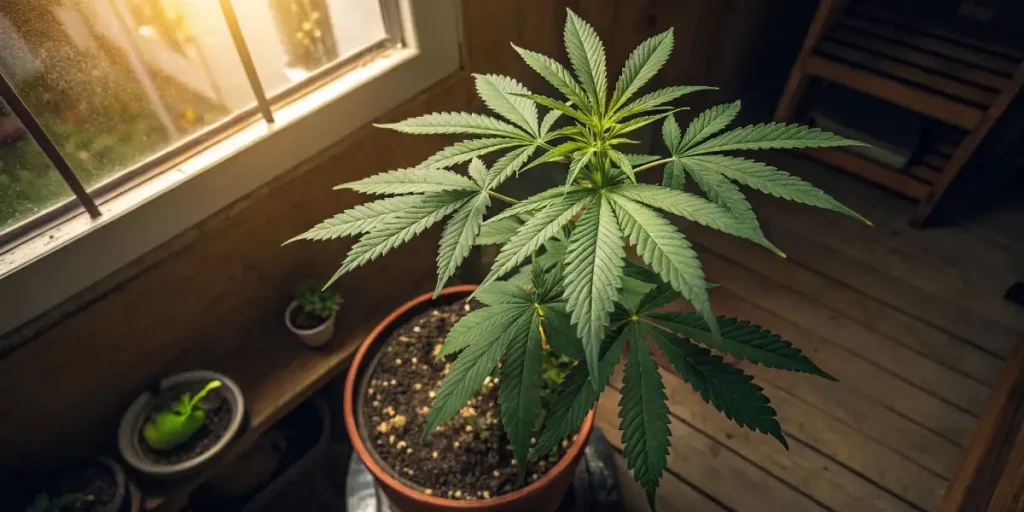
FAQs
What do green caterpillar eggs look like?
They are very small, round, and green, often blending in with the leaves. They are usually found on the underside of the leaves or around the buds.
How do I remove the eggs?
You can remove them manually with tweezers or your fingers. Be gentle to avoid damaging the leaves. For larger infestations, consider a safe organic pesticide.
Can caterpillar eggs harm cannabis growth?
Yes. When the caterpillars hatch, they feed on leaves and buds, damaging the plant, reducing its energy, and introducing diseases. Young plants are particularly vulnerable.
How do I prevent caterpillar eggs?
Prevention involves regular inspection (especially under the leaves), using physical barriers like netting, and introducing natural predators like ladybugs.
What strains of cannabis are resistant to caterpillars?
While no strain is completely immune, some like Original Clon, BC Diesel, and GSC have shown remarkable resilience. However, good cultivation practices are still necessary.


